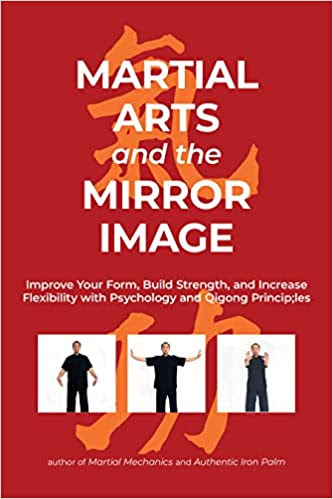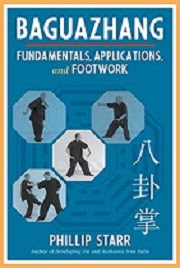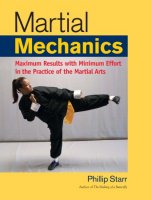By Phillip Starr
As practitioners of percussive martial arts such as gong-fu, karate, and taekwondo, there's a serious issue that we should all consider; in our practice of 1-step fight routines as well as the applications of parts of various forms, we are usually not being realistic at all. And that can cost us (and our students) dearly...
The problem is that we have the uke (person acting as the aggressor) attack with nice, straight lunging or reverse punches, and so on...strikes and movements that would be used by persons practicing our form of martial art. What we'll encounter on the street is considerably different, however.
This has resulted in many traditional martial art students and instructors believing that the traditional forms/techniques don't work “on the street.” I would answer by saying that that's rather shallow thinking. The truth is that they do, in fact, work – but just HOW they work may be a little different from what one might think (or have been taught).
The various forms created by our martial arts ancestors are extremely effective against various forms of attack – but the forms of attack against which they're intended to be applied and HOW they're meant to be applied may be rather different than what you think. Let's be realistic; “street fighting” hasn't changed much over the eons...and nobody probably attacked someone with a crisp lunging punch. As is the case today, haymakers were common and often preceded by a grab or push. Years ago, the FBI listed the most common forms of simple physical assault///#1 was the grab, and #2 was a push. Both were followed by a punch. And our traditional forms were designed to enable us to deal with these kinds of common “street attacks” rather than preparing us to fight other martial-arts trained people.
Moreover, the techniques may often work considerably differently from what you expect. For instance, your inside forearm block probably won't work well against a haymaker, and that low-level side kick works better as a leg throw! In breaking down your forms, work to see how movements work against street attacks instead of other martial arts techniques. You'll likely find numerous joint-twisting techniques, take-downs, and strikes you didn't even know were there. But you're going to have to work at it.
Bear in mind that disciplines such as karate were never used on the battlefield. Soldiers back in the day were attired in full armor (to go into battle without it would be tantamount to suicide), and performing karate techniques and body shifting would have been very awkward, right? Our percussive martial forms were intended for CIVILIAN self-defense (the revered martial arts historian and author, Donn Draeger, noted this). And the types of attacks that civilians encounter are a bit different than those experienced on the battlefield; the aggressor was rarely armed with a sword or spear…and attacks occur at very close quarters. Consider these things when you analyze and practice applications of your forms…






















No comments:
Post a Comment